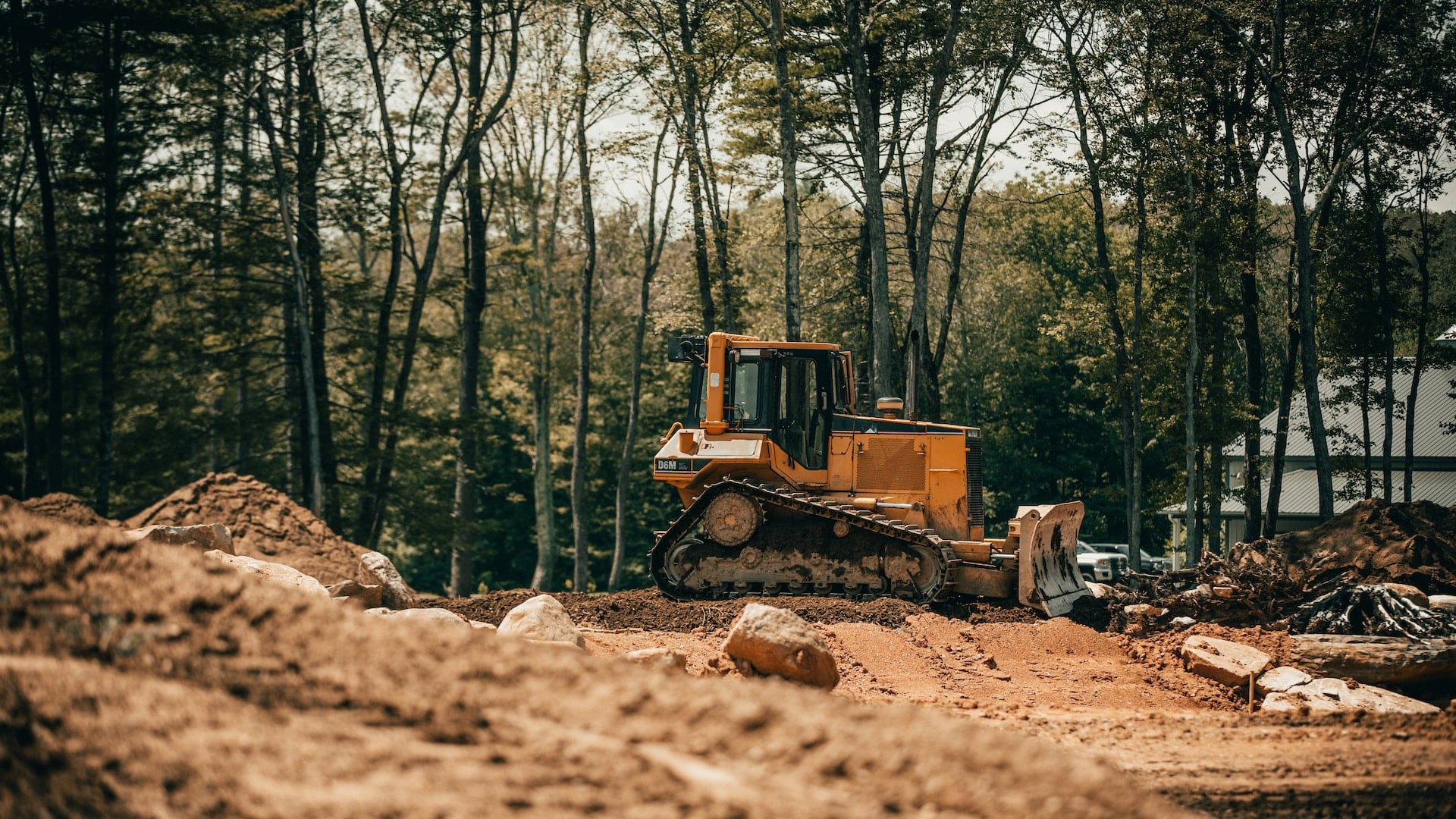In the world of property development, the conversation has shifted from merely building and selling to encompassing broader considerations of long-term environmental impact. This has necessitated a more profound understanding of the intricate relationship between development and the environment.
Enter Environmental Site Assessments (ESAs), an indispensable tool in the responsible property development toolkit, which provides a comprehensive analysis of potential or existing environmental contamination liabilities. ESAs are not merely a box-ticking exercise; they are a proactive, strategic approach that facilitates informed decision-making, mitigates environmental risks, and ensures regulatory compliance.
This is the key to responsible property development. This in-depth exploration will delve into the importance of Environmental Site Assessments, their role in sustainable property development, and how they contribute to a healthier, more sustainable future.
Primary Objectives of Environmental Site Assessments
Environmental site assessments serve several essential objectives that support responsible property development:
- Assess potential contamination: One of the critical goals of environmental site assessments is to uncover evidence of soil, groundwater, or surface water contamination that may pose risks to public health, ecosystem health, and property use.
- Determine legal compliance: Assessments ensure that property developers adhere to relevant local, state, and federal environmental regulations, reducing the risk of legal complications and project delays.
- Identify risk management opportunities: By examining potential environmental risks associated with a site, assessments enable developers to devise and implement strategies to manage such risks and avoid adverse impacts on the environment and project success.
- Facilitate informed decision-making: Environmental site assessments provide valuable information that informs planning, design, and construction decisions, promoting long-term success and sustainability for property development projects.
Phases of Environmental Site Assessments
The environmental site assessment process typically consists of multiple phases, each offering its own unique and vital insights:
- Phase I – Preliminary Site Investigation: The initial phase of an environmental site assessment involves a desktop study and a site visit to identify potential sources of contamination, assess historical land use, and collect other essential background information. The findings often provide the foundation for determining the need for further investigation.
- Phase II – Detailed Site Investigation: If the preliminary investigation suggests potential contamination, a more comprehensive evaluation, including laboratory testing of soil and groundwater samples, is conducted. This phase aims to confirm the presence and extent of contamination, characterise the nature of the pollutants, and evaluate potential risks.
- Phase III – Remedial Action Plan: When significant contamination is confirmed, a Remedial Action Plan is developed to outline the necessary measures for remediating the site to a safe and usable condition. The plan may involve various methods, such as excavating and disposing of contaminated soil, treating pollutants in-situ, or capping and containing affected areas.
- Phase IV – Validation and Monitoring: Once remediation efforts are completed, validation testing is conducted to confirm that the goals of the Remedial Action Plan have been achieved. Long-term monitoring programs may also be implemented to track the stability and effectiveness of remediation efforts and ensure ongoing compliance with environmental regulations.
The Benefits of Comprehensive Environmental Site Assessments
Conducting a thorough environmental site assessment offers various advantages that contribute to the success and sustainability of property development projects:
- Informed planning and decision-making: With comprehensive information about a property’s environmental conditions, developers can make better-informed decisions about land use, design, construction, and environmental management strategies.
- Enhanced stakeholder confidence: Demonstrating a commitment to understanding and addressing environmental issues creates trust among stakeholders, including investors, regulatory authorities, and local communities.
- Risk mitigation: Identifying and managing environmental risks early in the development process helps minimise potential financial, legal, and reputational consequences.
- Positive environmental outcomes: By engaging in proactive environmental management practices, property developers can contribute to the protection and enhancement of ecological health, ensuring the long-term well-being of communities and ecosystems.
Partnering with Woods Environmental Services for Trusted Assessments
Woods Environmental Services offers professional environmental site assessment services that provide property developers with critical insights and expert guidance to support successful projects:
- Comprehensive approach: Our team of experienced environmental consultants applies a systematic, methodical approach to every site assessment, ensuring thorough data collection, analysis, and interpretation.
- Cutting-edge technology: We utilise the latest technologies and laboratory testing methods to obtain accurate, reliable information that informs responsible decision-making.
- Expert interpretation and guidance: With our deep understanding of environmental management and site assessment requirements, we help property developers navigate complex regulatory landscapes and implement sustainable strategies that support long-term success.
- Ongoing support: Woods Environmental Services is committed to providing ongoing support and consultation throughout the development process, ensuring our clients remain well-equipped to adapt their strategies as needed and maintain compliance with regulations.
Secure Your Project’s Success with Environmental Site Assessments
In sum, Environmental Site Assessments are indispensable in the realm of property development. They are the key to ensuring that our built environments are not only economically viable but also environmentally sustainable and safe for communities. As we continue to grapple with the increasing urgency of environmental issues, the role of ESAs in responsible property development will only grow in importance.
Woods Environmental Services is positioned to support developers throughout the assessment process, offering a premium level of expertise, technology, and guidance that facilitates informed decision-making, sustainable practices, and long-term project success. With our wide range of environmental management services, we can promote healthier environments, more resilient communities, and responsible property development for generations to come.

